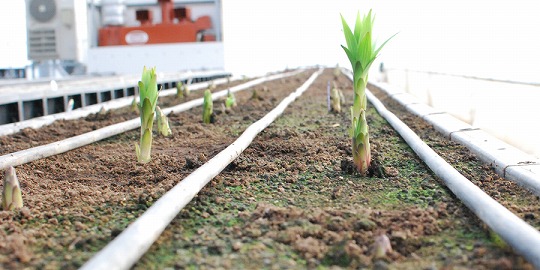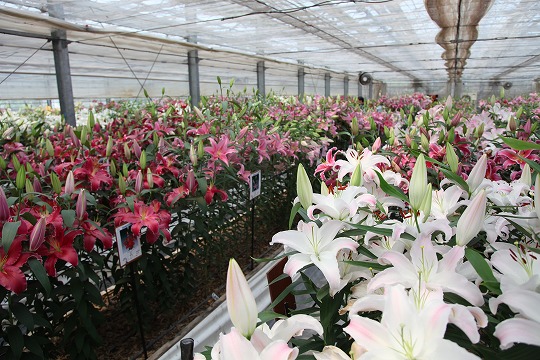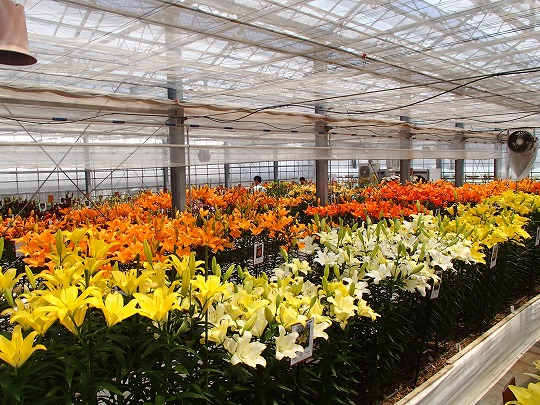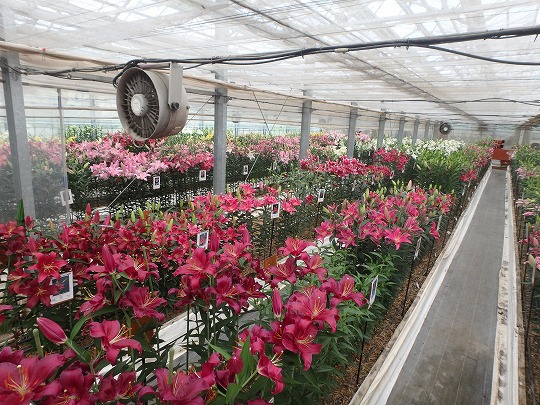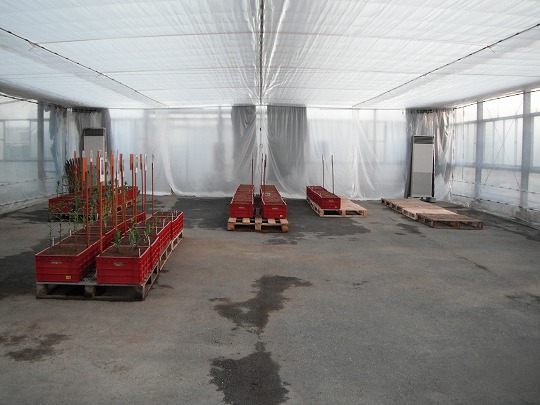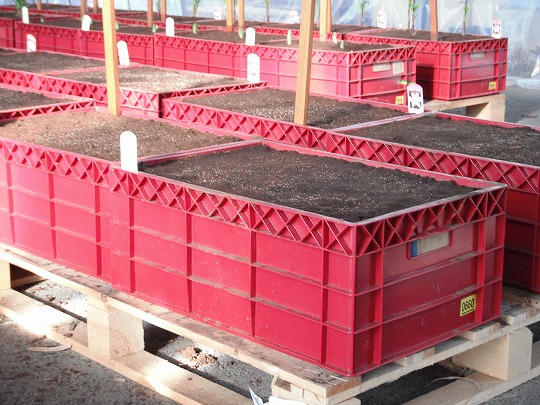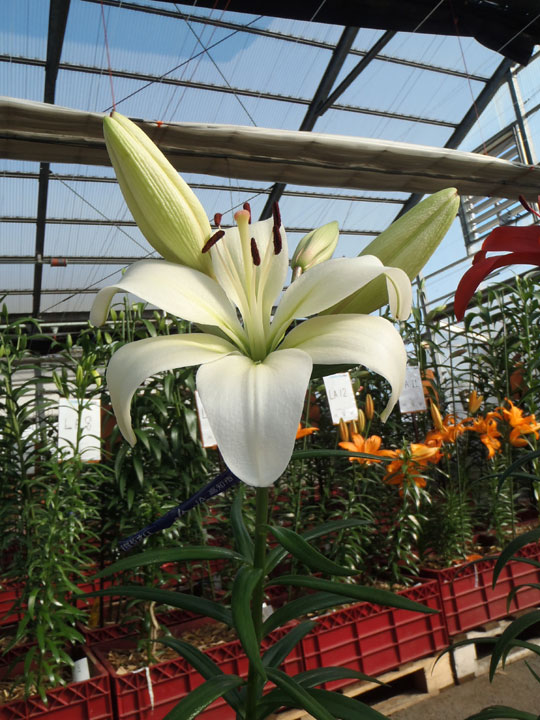Many people make efforts in many stages for increasing flower consumption, Flower TECH magazine picked up one of the programme in the North America. It is the challenge for expanding to their family and their future by teaching children about flowers. (We are not sure it is possible to work in Japan) We will be grateful if you can refer it. (Nakamura Noen)
From Dutch flower magazine “Flower TECH” volume 10 No, 2007
A project initiated in Ecuador is currently promoting flowers to children in the USA.
In a McDonald’s style marketing campaign the aim is to get children into flower shops at an early age and in turn enthuse their parents about the benefits of buying flowers.
Ecuadorian flower grower Ramiro Penaherrera always returned home unhappy after visiting North American florists. There he saw a lot of artists but their marketing performances were, in general, poor. This was a problem, says the flower grower, especially in the North American market where marketing is usually even more important than the product itself. That is partially due to the long tradition of marketing in that part of the world. “Consumers have come to expect marketing concepts, such as Nike, Levi’s and McDonald’s.”
Because of this lack of marketing, flowers do not benefit from their market potential at all, says Penaherrera.
“And that is a pity. Breeders, growers and traders can generate the best quality products but if the last link is weak, it will affect the whole chain, all the way back to the breeders. The potential of flowers is enormous. We have one of the best products in the world, because they make people happy. But unfortunately the sector is not sufficiently aware of that.”
Despite the good characteristics of flowers, North Americans do not buy flowers frequently, compared to Europeans.
“I think that besides the lack of marketing, the low flower consumption in the US is due to cultural reasons. Americans lack passion for flowers compared to Russians, for example. Moreover Americans don’t know how to treat flowers. That’s why they have disappointing experiences with flowers. For example less than one percent of the households have a flower cutter in the kitchen.”
No overnight change
The Ecuadorian was eager to make a change for himself and for other growers.
“When we make the pie bigger, we can all benefit,” he says.
Penaherrera is convinced that the best way to make US-customers buy more flowers is to enter American families through their children.
“Children are still unspoiled and therefore more accessible to the beauty of flowers. And they can transfer their enthusiasm to their parents. This is the same strategy that McDonald’s carried out. It worked for them and it can also work for flowers. A second important reason to approach children is so that we work on the next generation of flower buyers. The idea of Flowers for Kids is to get customers to buy flowers in ten days and in ten years.
Teaching children
Penaherrera’s ideas form the basis of the Flowers for Kids programme, which started three years ago. In this programme school children are taught to make bouquets and how to extend the vase life for as long as possible. After a 24 minute interactive class the children are invited to make bouquets themselves from the four types of flowers usually used in bouquets. These include fillers; line (to make the bouquets tall); vocals (the feature presentation); and greens (for the natural look). Children take the bouquets home together with an invitation to take part in a quiz. The quiz has to be done at the florist and when they pass they receive a certificate.
The project is financed by flower growers in Ecuador, Colombia and California as well as floral suppliers, plant breeders and other companies active in the sector. The growers donate $ 250/ha each year.
“That is the equivalent of just four flowerboxes a year per hectare”.
In the beginning Penaherrera gave the lessons in the schools, now he teaches florists to give the course. According to him it is not a problem that florists are not specialised in teaching. “We provide them with a script so that even the worst teacher can carry out the job in a proper way. I even added some jokes to the script to keep the children’s attention and these always work out fine.”
Goal of 400 florists
In 2006 Penaherrera taught 322 florists in the USA how to give the Flowers for Kids lessons. These 322 included florists with private shops and ones working for supermarkets.
“Our goal this year is 400 florists, a number which we will exceed.” Also, supermarkets like Hy-vee are adapting the programme. In this chain the whole flower marketing programme is based upon Flowers for Kids. Penaherrera doesn’t know how active these florists are after wards, i.e. how many lessons they give and how many children they reach.
“There are no obligations for them to give lessons.” And whether the project increases flower consumption is not measurable. “But from the positive reactions of florists, schools, children and parents, we are sure that it works. After I have given lessons to one group of florists, I am always asked to return to teach more florists.”
Flowers for Kids has been active for three years during which the United States has been target-market.
Organisations in The United Kingdom and Italy have shown interest in adapting the programme.















